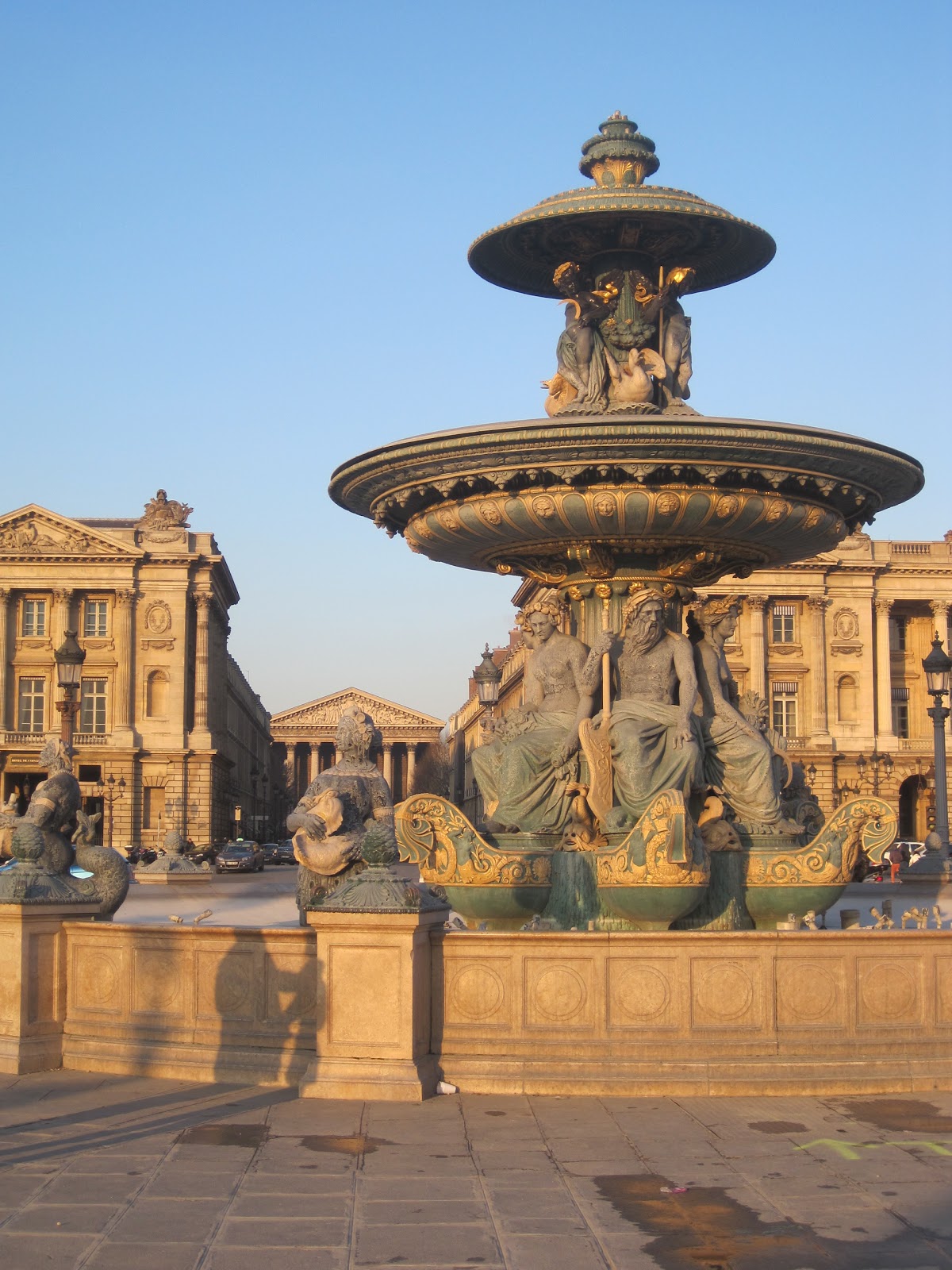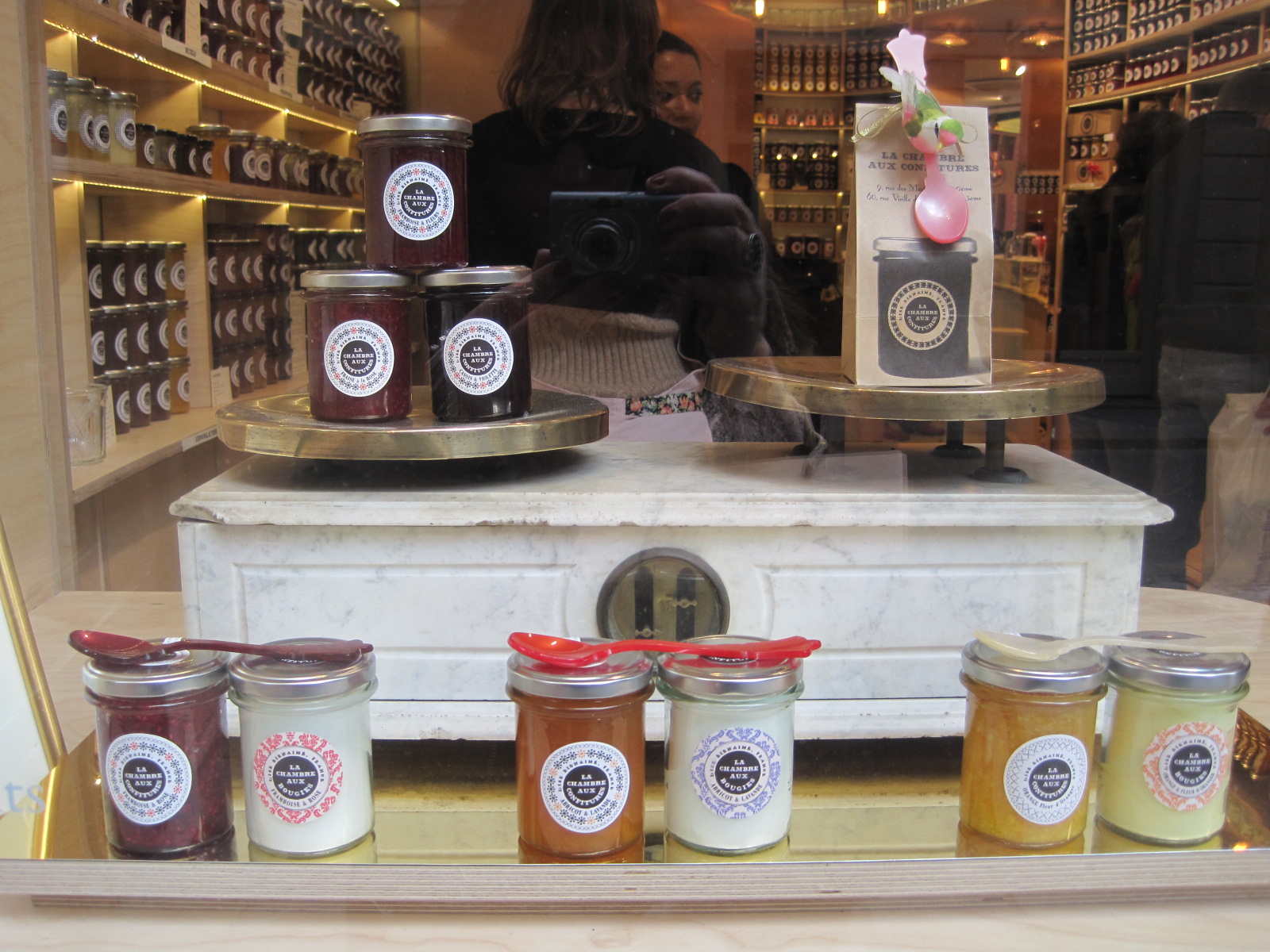William Morris Gallery, Walthamstow
My London geography is now defined by how easy a place is to reach from our flat in Bethnal Green. I'm endlessly delighted when I find anywhere that I can travel to directly from the Hoxton Overground, the Central Line, or best of all on any of the buses that depart from the end of our road, the numbers 26, 48 and 55 are now golden. Consequently, I was thrilled to find the William Morris Gallery is only a fifteen minute walk from where the number 48 terminates - at Walthamstow Central. Others would, and have, complained that "Walthamstow, is miles out there" but in my newly formed internal geography if the bus leaves from the end of our street (no matter how far it goes) it feels like an easy journey.
"I do not want art for a few, any more than education for a few, or freedom for a few" William Morris, 1877
Perhaps because the museum was so far out my expectations were fairly modest, frankly I went because it was raining and I love following buses or trams to the end of the line. Walthamstow itself is a little rundown and clearly has a large population of Eastern European immigrants, I saw a Romanian shop, Polish Shops and a cafe selling Albanian bean soup! There are however quite a number of attractive streets but this isn't a leafy suburb like Hampstead.
I'm delighted to say the gallery defied the low expectations. I really liked it, you can see why it won a national prize for Museum of the Year in 2013. They don't have an extensive collection of furniture on show, but everything is well displayed and curated.They have a wide range of items including prints, pamphlets, decorative items, chairs, fabrics, stained glass etc. and the gallery does a good job of telling the tale of Morris' career, his artistic collaborations , the Arts and Crafts movement and his later conversion to socialism.
I liked this photograph of William Morris with his collaborator and friend Edward Burne-Jones.
We had seen a number of beautiful Morris and Burne-Jones stained glass windows in the cathedrals at Salisbury and Winchester, but it was great to see several small panels at eye level in the museum. It's much easier to admire the artistry when you can see the windows close up and when they are lit from behind. It was wonderful have the chance to examine them more carefully.
This display below was designed to illustrate the difference between the popular taste of the time on the left (chintz) and the cleaner simpler lines of Morris' design on the right. I was however mesmerized by the green wallpaper which I remembered vividly i from my childhood. When I called my mother to ask if she knew the Sanderson wallpaper she'd picked was a William Morris reissue she said, "No, but isn't it nice you have a mother with such good taste?"
As you would expect there's an extensive collection of Morris' designs on display. The exhibits also give you a good sense for the design process.
Morris' poetry and publishing business (Kelmscott Press) is well discussed too.
There is also a gallery dedicated to the work of Morris' Arts and Crafts contemporaries.
Morris' innovation was also seen on the shop floor. Morris and Co was one of the first shops to display items as you would have seen them in the home, creating domestic vignettes to tempt buyers.
The museum explores Morris' aesthetic but also his underlying ideology: "Well, what I mean by Socialism is a condition of society in which there should be neither rich nor poor, neither master nor master's man, neither idle nor overworked ...in which all men would be living in equal condition, and would manage their affairs unwastefully."
There is a lovely park behind the museum and a rather nice nice cafe on the premises too. The building itself has a relationship to Morris, it is the house that Morris' mother moved the family to - after his father's death and they lived here for a number of years.
A few weeks ago we'd heard the artist Yinka Shonibare speak at SOAS and so it was a pleasure to see that the William Morris Gallery had commissioned him to create work for them. I particularly liked the recreation of a photo of the Morris' and Burne-Jones families redone with current residents of Walthamstow wearing Victorian costumes made from African fabrics. Shonibare loves to play with representation, identity and power.
This link may give you some idea of what I'm struggling to describe...
http://www.wmgallery.org.uk/whats-on/exhibitions-43/yinka-shonibare-mbe/
http://www.wmgallery.org.uk/whats-on/exhibitions-43/yinka-shonibare-mbe/
I'd really recommend the museum for anyone who is interested in William Morris or the Arts and Crafts movement.





























Comments